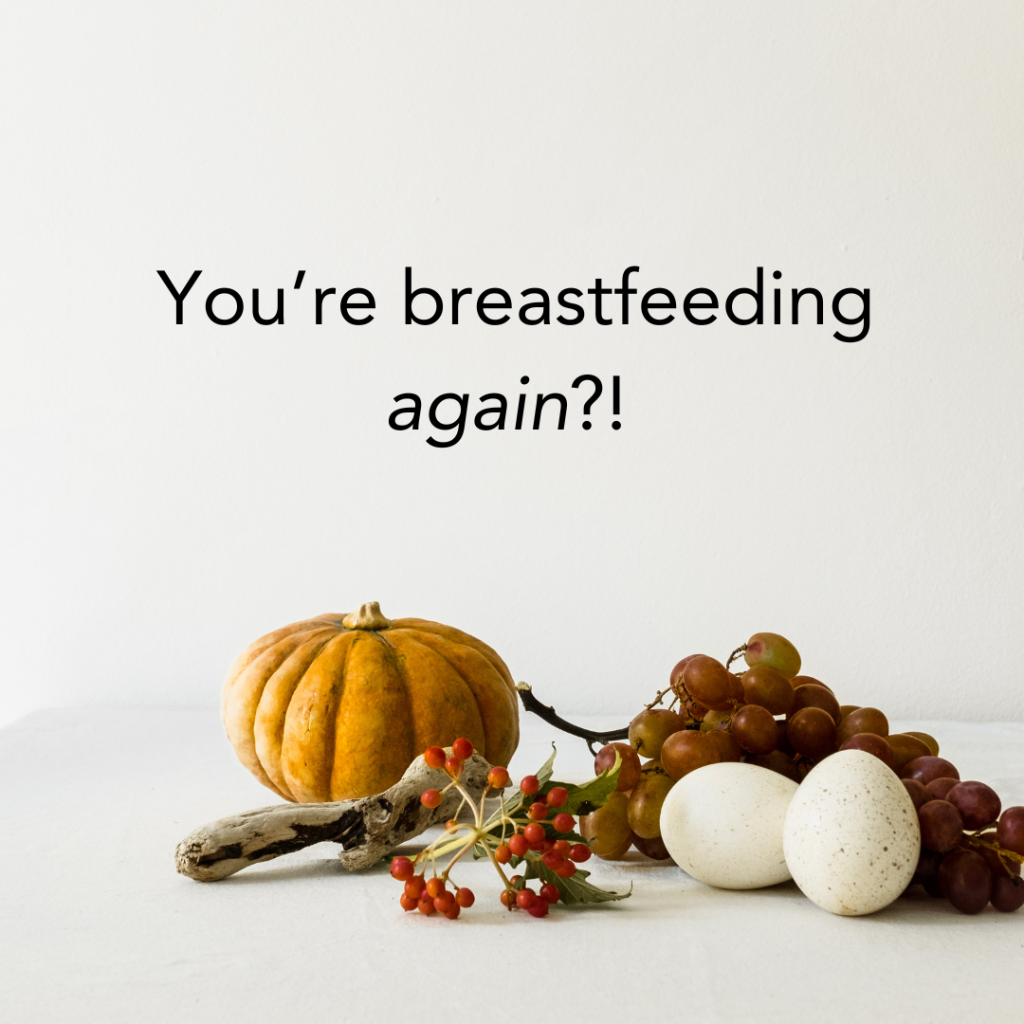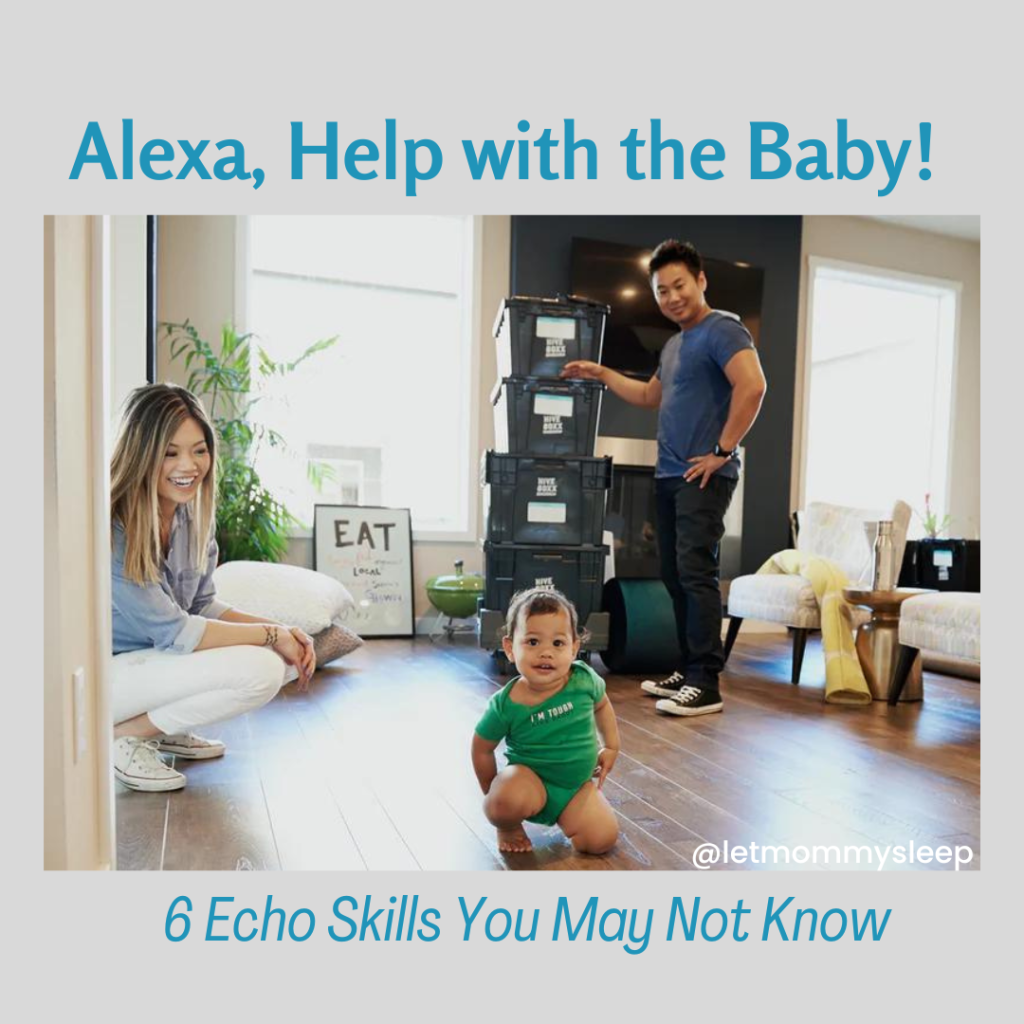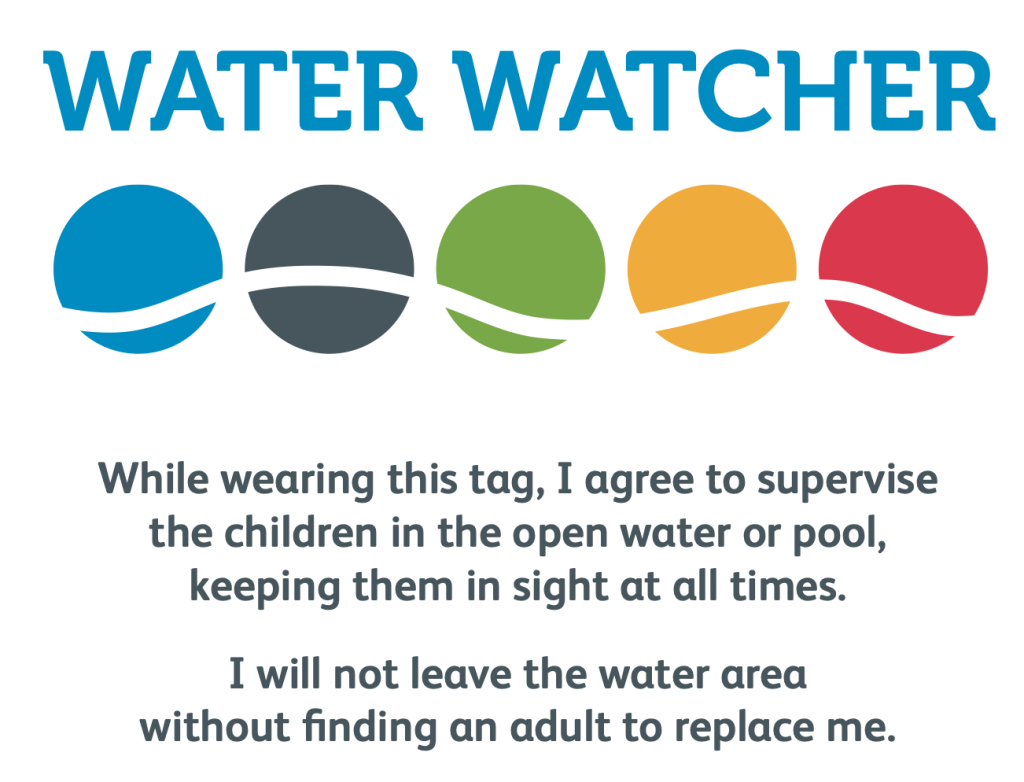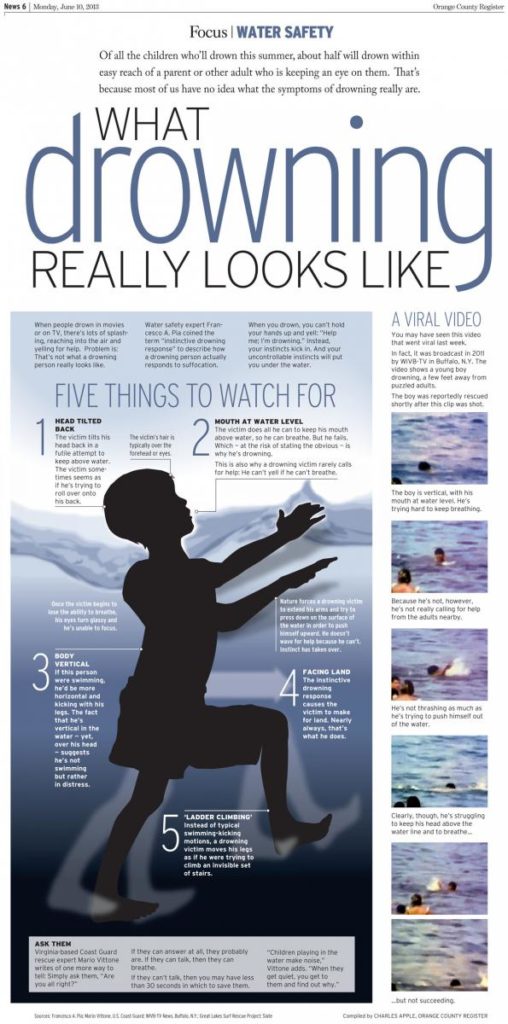Updated, November 21, 2023 – Your newborn and infant routines might get thrown out the window during travel. And that’s okay because travel is hard on adults too, and you might want to change things up to make sure everyone is happy. Here are five sleep travel tips for babies to help you minimize meltdowns from our night nanny, baby nurse and postpartum team.
Sleep Travel Tips for Babies: What to Know
Practice at home.
- Practice at home
- Keep the same routine if you can
- Don’t rely on strollers or swings for safe sleep
- Slow down by stay flexible
- Be ready when relatives question your parenting choices!
- Many times babies are not used to sleeping in a travel bed or pack-n-play. So, our night nanny team likes to suggest put baby in a travel bed for naps at home in the weeks leading up to the trip. Your child might think this new crib is exciting, so go ahead and get the novelty out of the way at home!

Keep sleep routines as close to home as possible to help baby feel secure.
- Dress your baby in the pajamas/sleepsack/swaddle blanket that she’s used to.
- If renting a full-sized travel crib from a hotel, bring bedsheets from the crib at home to recreate that familiar sleep environment.
- Do the same sleep routine you do at home. Familiarity allows baby to know what comes next is sleep.
New places and not being at home is exciting for little ones. Remember that patience is your best tool to help your child get to sleep. They need time to explore The New Place and maybe get over being a little nervous outside of home
Try to stay on baby’s time.
- If possible, try to keep naptimes and bedtimes as close to the same schedule as at home.
- When traveling across time zones, gradually adjust baby’s bedtime in the days leading up to the trip so baby is on the time of your destination. You can do this by adjusting bedtime in 10 minute increments.
- Some parents like to travel at night so baby can sleep and wake up in destination refreshed. If you’re driving, partners can alternate napping and caring for baby during the first day. If you’re flying, make sure to bring pacifiers to help with ear discomfort.
Remember these Sleep Travel Tips for Babies Once You’ve Arrived…
No swings or strollers for infant safe sleep.
- The only safe place for babies to sleep for extended periods is alone, on a firm flat mattress and flat on their backs.
- Here are recommendations to create a safe sleep environment.
Slow it down.
- Don’t expect to have a jam-packed site seeing schedule. All the new sights, sounds, and experiences are very stimulating and exciting for baby. Baby could get fussy if overstimulated and too exhausted.
- Remember that sleep begets sleep. Keeping baby awake longer may work for one night or one nap, but fighting against baby’s natural rhythms leads to meltdown.
- While it is nice to have alone time with your partner, caring for a baby can be even more exhausting than usual when traveling. Try no not stay up too late yourself!
Have Surprises Ready!
Part of travel is, well, the traveling. Extended times in the car, train or place can get a little boring so be prepared with toys, books and snacks that your baby hasn’t seen before. It can be something simple from the dollar store; the novelty of a new toy will take up time and keep little one occupied. For a little while anyway! 🙂
Don’t forget about YOU
Be ready in case you hear variations of: “But he doesn’t look tired!” “Oh come on, a little (insert allergen/unsafe food) won’t hurt!” “You slept on the bed and you turned out fine!” Be ready with your come back, deep breathes and extra patience!
Weigh the options of accepting help, especially if you’re in the postpartum phase. If a well meaning relative looks after your newborn, therefore allowing you to sleep, it might be a win/win! You’ll get in a nap to maintain your immune system and energy levels.

Keeping Illness Away and Travel with Kids
- Research your destination – Respiratory illness is a fact of life. Check to your destination before you go so you can be prepared and comfortable.
- Masks and mask mandates, have stopped but it’s not a bad idea to carry masks with you to use in crowded areas.
- Sanitizer – Handwashing is best, but if you don’t have the opportunity to properly wash your hands, sanitizer is a good second option.











